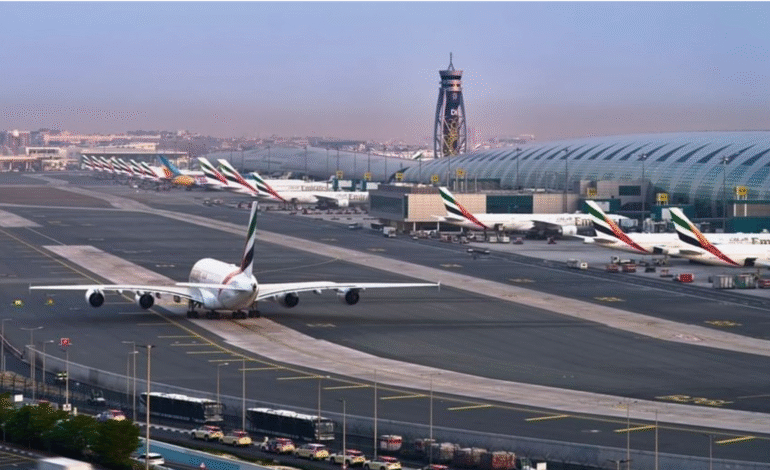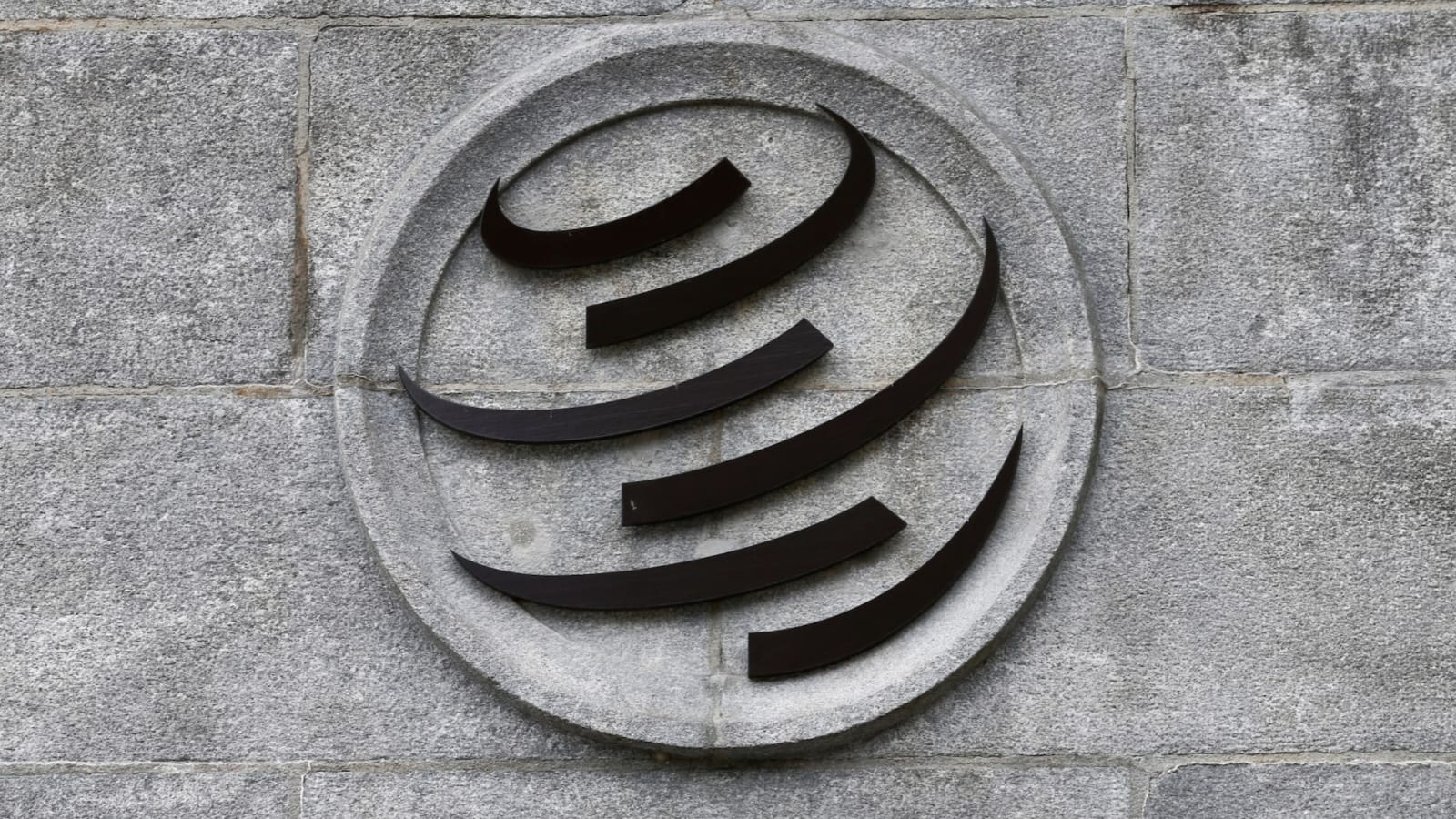Dubai Airports Resume Operations After Airspace Closures Cause Major Disruptions

Dubai Airports announced the full resumption of operations after a temporary suspension caused by regional airspace closures led to widespread disruption across Middle Eastern hubs. The closures, triggered by heightened regional tensions, caused flight cancellations, long delays, and chaos at airports including Dubai International and Hamad International in Doha. Passengers experienced lengthy waits, limited services, and uncertainty as airlines and airport authorities worked to restore normal operations. The event highlighted the Middle East’s vital role in global aviation and the far-reaching impact of geopolitical developments on international air travel.
Dubai Airports Reopen After Temporary Halt in Operations
Dubai Airports confirmed that both Dubai International Airport (DXB) and Al Maktoum International Airport (DWC) had resumed operations. The authority emphasized its collaboration with airlines to stabilize flight schedules and minimize further disruption. However, officials cautioned that some flights might still face delays or cancellations, and passengers were urged to check with their airlines for the latest updates, especially those traveling to destinations like India, where services could still be affected.
The safety of passengers and flight crews remained the top priority as Dubai Airports and airlines worked to clear the backlog created by the airspace shutdown.
Regional Airspace Closures Disrupt Middle Eastern Aviation Hubs
The temporary closure of airspace by Qatar, Bahrain, and Kuwait followed an Iranian missile strike on a US military base in Doha. This led to widespread flight cancellations and rerouting, leaving thousands of passengers stranded across the Gulf region.
Airspace closures significantly slowed operations at key hubs, including Dubai International, the world’s busiest airport for international passengers, and Doha’s Hamad International. The disruption showed how quickly geopolitical tensions can ripple through the aviation industry.
Chaos and Long Queues at Major Airports
FlightRadar24 data indicated that Dubai International saw about 145 flight cancellations and over 450 delays during the disruption. Terminals were crowded with passengers waiting for information or alternative travel arrangements.
Hamad International Airport faced a similar situation, with around 250 cancellations and over 230 delays. Passengers queued for hours, often with limited access to food or water. Virgin Australia estimated that more than 25,000 passengers were stranded in Doha, while tensions in terminals ran high as some tried to bypass lines, leading to disputes.
Global Aviation Impact of Middle Eastern Airspace Closures
The closures had a ripple effect far beyond the Middle East. The Gulf serves as a key transit point linking Europe, Asia, and other regions, so disruptions here caused delays across global networks.
The situation compounded challenges already faced by airlines due to restricted airspace over Russia and Ukraine. With fewer safe and viable routes available, the closure of Gulf airspace added further strain on long-haul flight operations worldwide.
Airline Responses and Passenger Challenges
Qatar Airways said it was working to restore its schedule but warned of continued disruption through June 26. British Airways, Lufthansa, and other carriers suspended flights to parts of the Middle East, citing airspace and safety concerns.
Air India suspended flights between India and North America, Canada, and Europe, given the limited routing options through the region. The closure of Pakistani airspace further complicated matters for Indian carriers.
Flydubai and other airlines advised passengers to expect delays even as airspace reopened, as air traffic controllers worked to ease congestion and clear the backlog.
Geopolitical Tensions and Aviation Risk
The airspace closures stemmed from escalating tensions between Israel and Iran. As the two nations exchanged missile strikes, the risk of wider regional conflict increased. US President Donald Trump announced a ceasefire agreement between Israel and Iran, calling for both sides to honor it, though hostilities continued at times.
Airlines and aviation regulators remained on high alert, assessing risks and adjusting operations to prioritize safety amid the uncertainty.
Middle East Airports as Critical Global Connectors
Dubai International Airport handled more than 92 million passengers last year, averaging over 250,000 daily. Hamad International and other Gulf airports serve as crucial links for travelers between continents.
Their importance was underscored by the disruption, which showed how closures in the region can affect air travel worldwide, from Europe to Asia to North America.
Passengers Share Experiences of Long Delays
Passengers described their frustration with the situation. In Doha, Lily Rogers reported waiting nine hours in line after being awake for 19 hours, with little more than water provided during the ordeal. Another traveler, Julien Moutte, said he had been stranded at Hamad International for 15 hours while trying to reach Paris.
Many passengers expressed concerns about the lack of communication, limited amenities, and the stress of the long wait as they sought to continue their journeys.
Efforts to Stabilize Operations and Assist Travelers
Dubai Airports, airlines, and airport authorities across the region continued working to restore full operations and assist stranded passengers. Travelers were advised to stay in touch with their airlines, monitor flight updates, and prepare for potential ongoing delays as schedules normalized.
While the reopening of airspace brought relief, officials and airlines acknowledged that clearing the backlog of flights and passengers would take time. The events served as a reminder of the delicate balance in global aviation and the vulnerability of international travel to regional instability








2 Comments
[…] has successfully resumed daily flights between Dubai and Damascus as of today, June 26, 2025. The move follows the reopening of regional airspace and […]
[…] proximity to Al Maktoum International Airport adds tremendous strategic value. The airport is currently undergoing major upgrades, aiming to […]
Comments are closed.